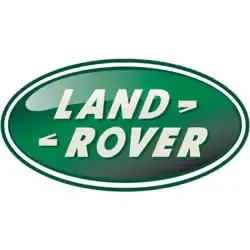Land Rover Freelander Tire Pressure
Most common recommended tire pressure for Land Rover Freelander is 30 psi based on year of production, trim and OEM tire size, but it maybe different for older models. It is imperative to confirm the exact tire inflation for your Land Rover Freelander to ensure safety on the road. Always refer to your vehicle owner's manual for the correct tire pressure designated by vehicle's manufacturer.
Select your Land Rover Freelander production year to see its recommended tire inflation.
| Model Year | Front Tires | Rear Tires |
|---|---|---|
| 2005 Land Rover Freelander | 30 psi | 30 psi |
| 2004 Land Rover Freelander | 30 psi | 30 psi |
| 2003 Land Rover Freelander | 30 psi | 30 psi |
| 2002 Land Rover Freelander | 30 psi | 30 psi |
Recommended Tire Pressure for Land Rover Freelander
Maintaining the recommended tire pressure for a Land Rover Freelander is paramount for several reasons, primarily encompassing safety, performance, and economic efficiency. Correct tire pressure ensures optimal contact between the tire and the road surface, significantly improving vehicle stability and handling. This is crucial for a vehicle like the Freelander, which is designed to excel both on and off-road, where varying terrains demand consistent tire performance for safe navigation. Moreover, tires inflated to the manufacturer's recommended level are less prone to excessive wear and premature failure, thereby extending tire life and reducing the need for frequent replacements. Properly inflated tires also contribute to fuel efficiency by minimizing rolling resistance, a key factor for an SUV like the Freelander, where fuel economy is a consideration. Additionally, maintaining optimal tire pressure helps in reducing carbon emissions, aligning with environmental sustainability efforts. The Land Rover Freelander's sophisticated design and engineering are complemented by adhering to such maintenance basics, ensuring the vehicle operates within its intended safety and performance parameters.

All listed guides, data and/or calculations are for informational purposes only. TirePressure.com does not warrant or make any representations regarding the accuracy of or the results of the use of this information. Always refer to vehicle owner's manual for the correct tire pressure configuration.